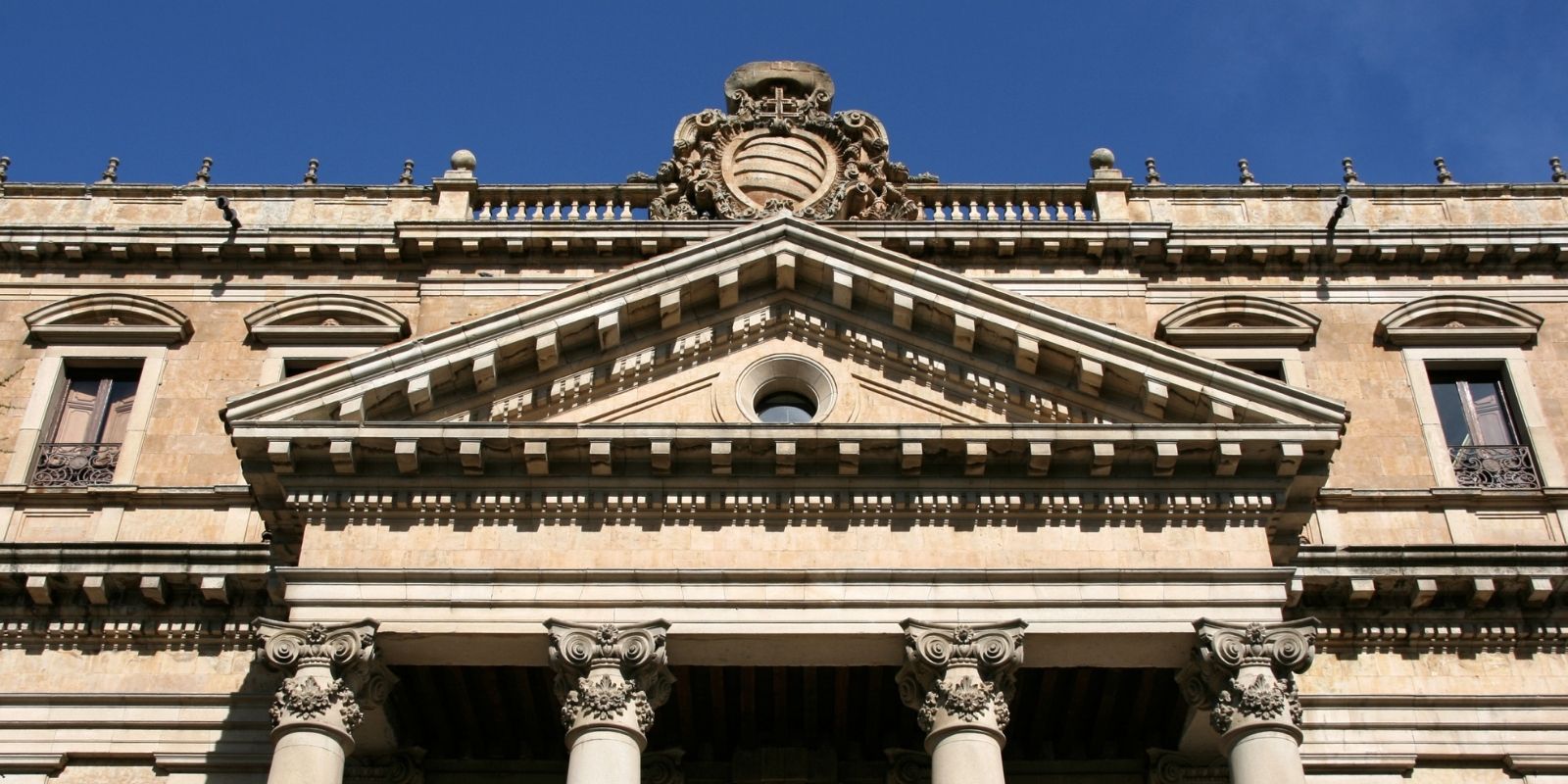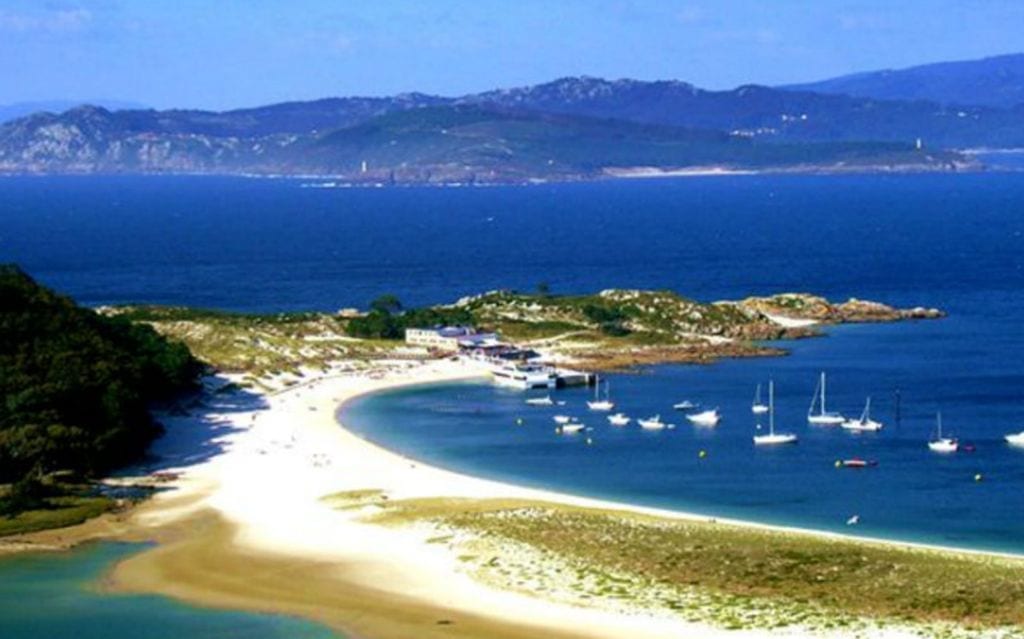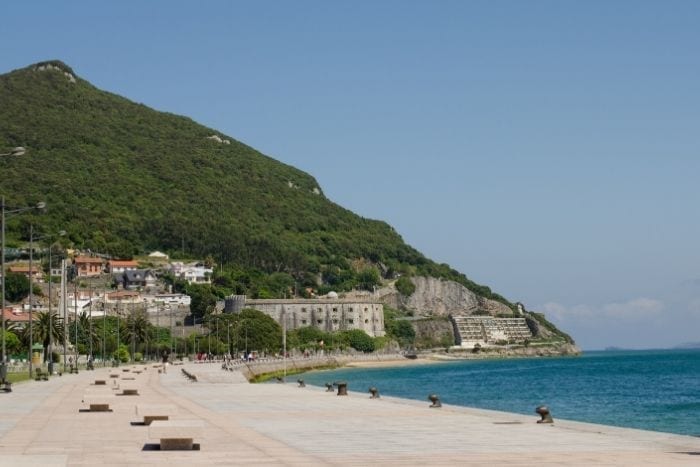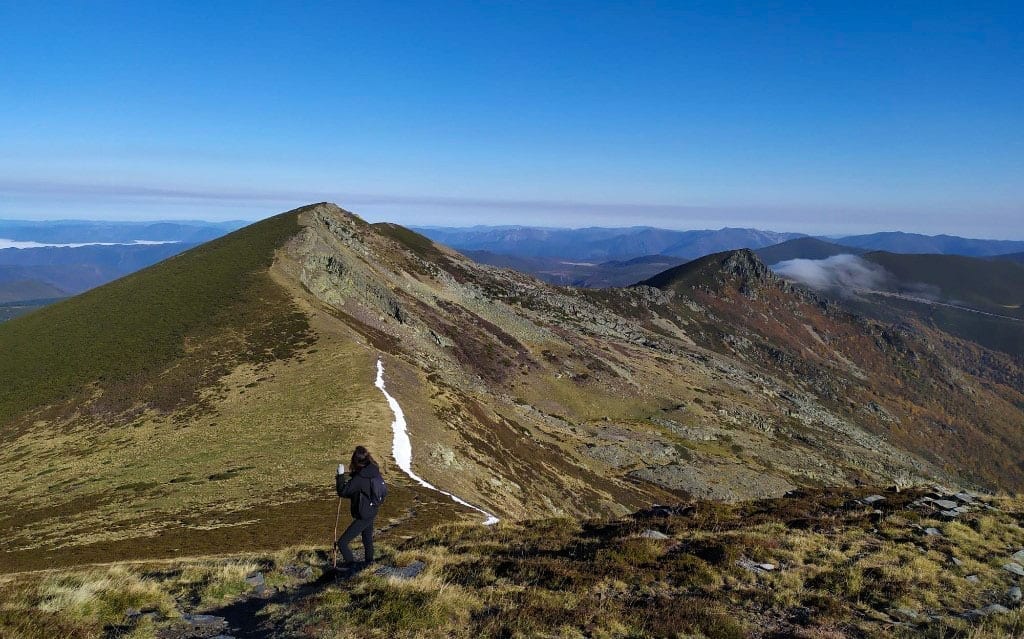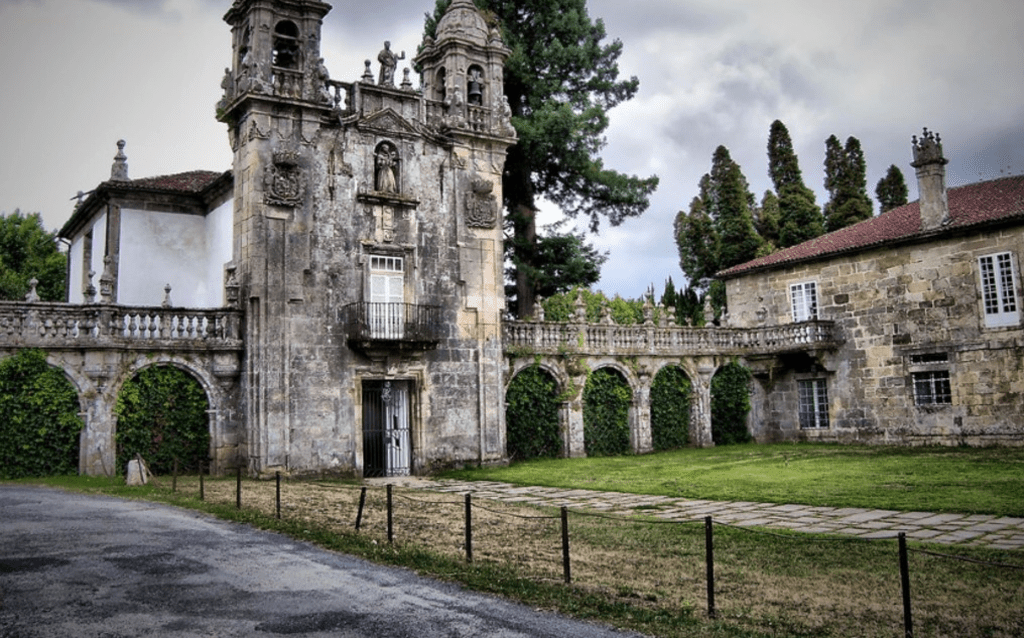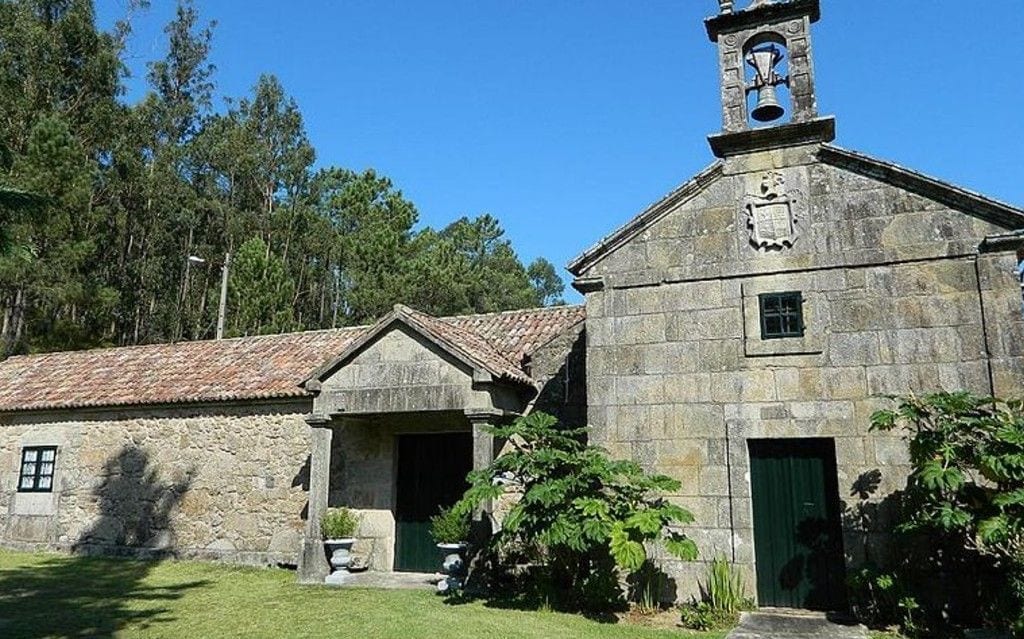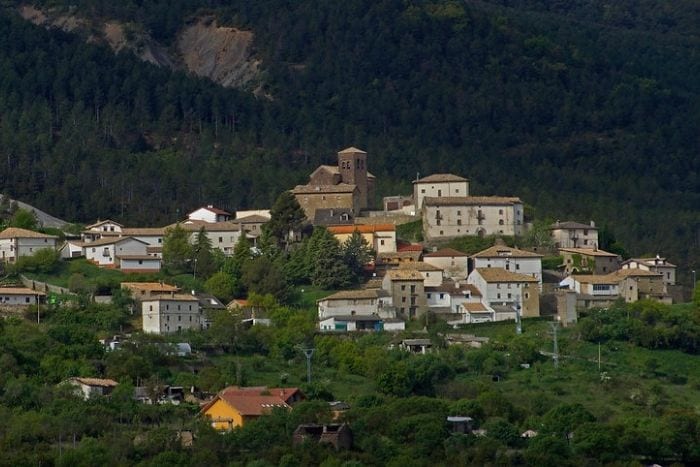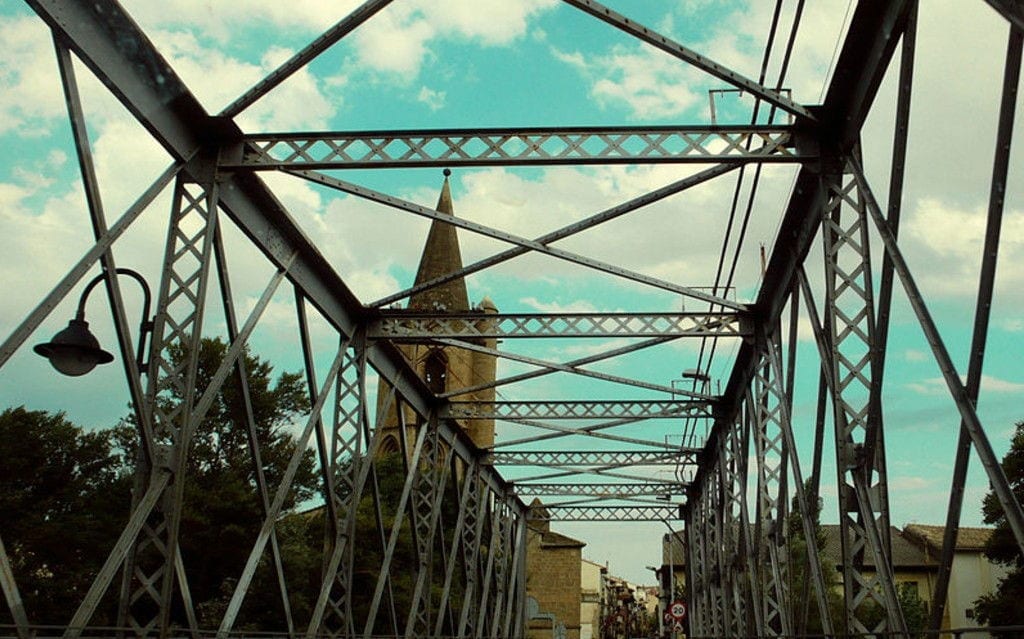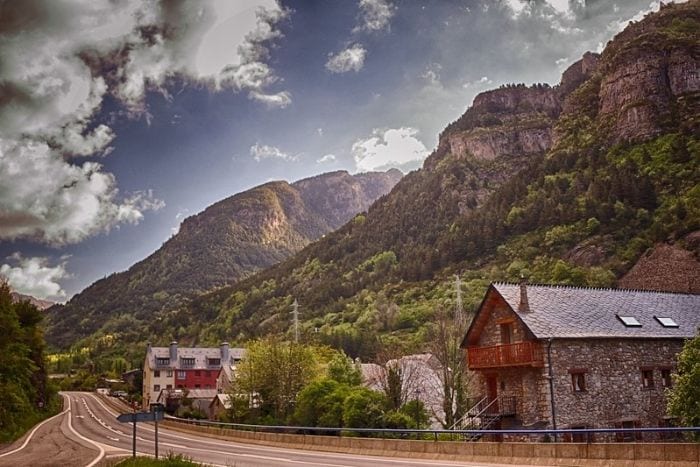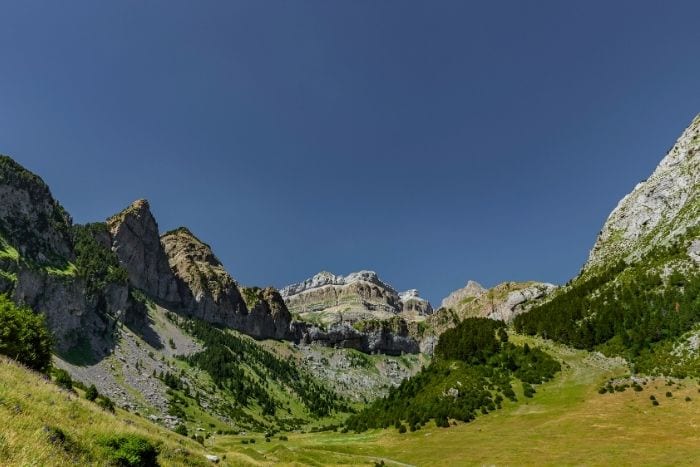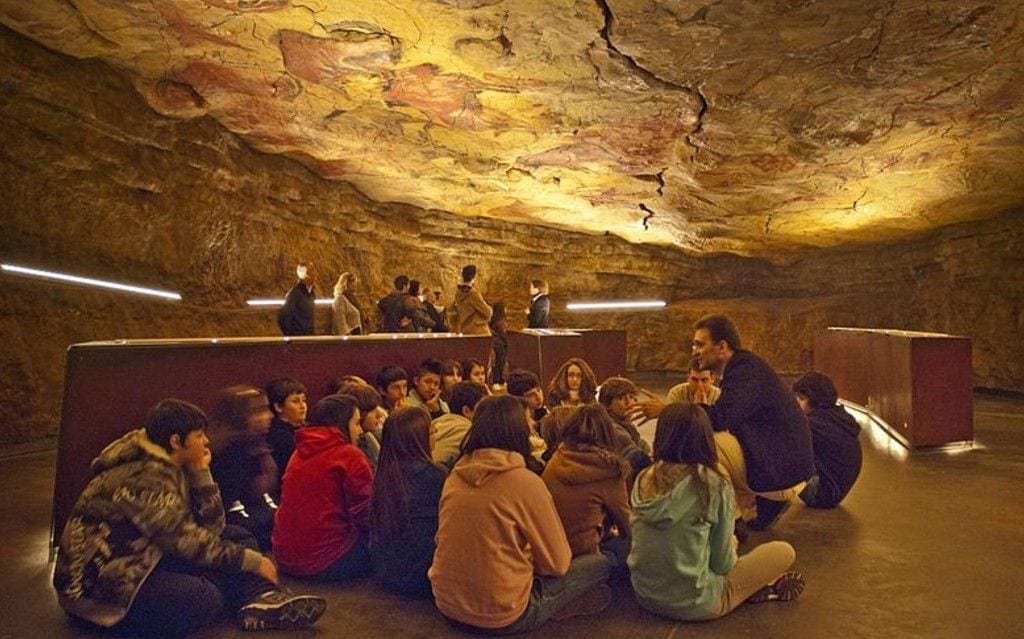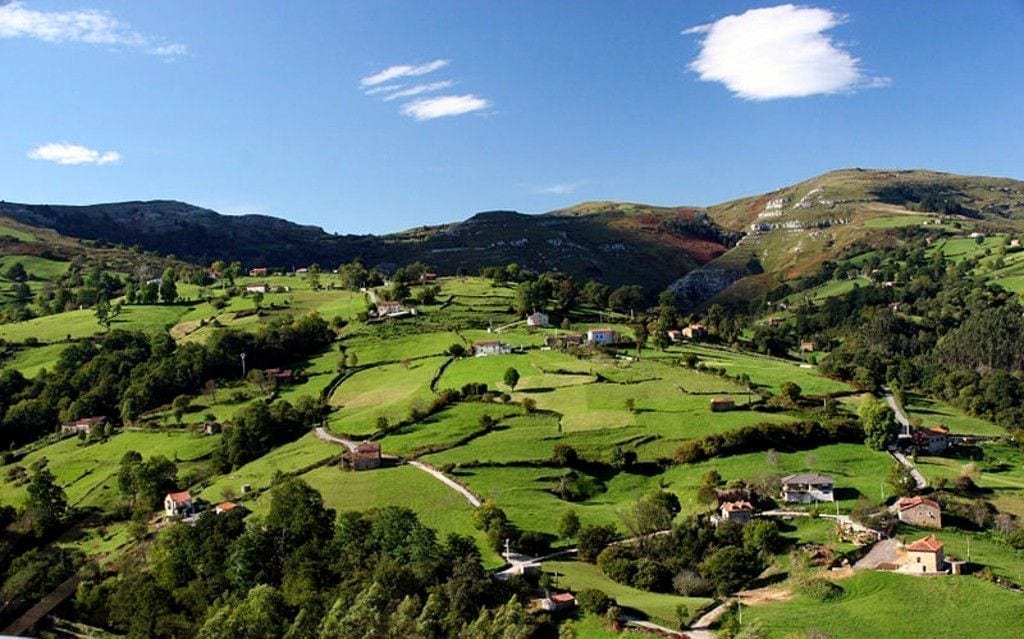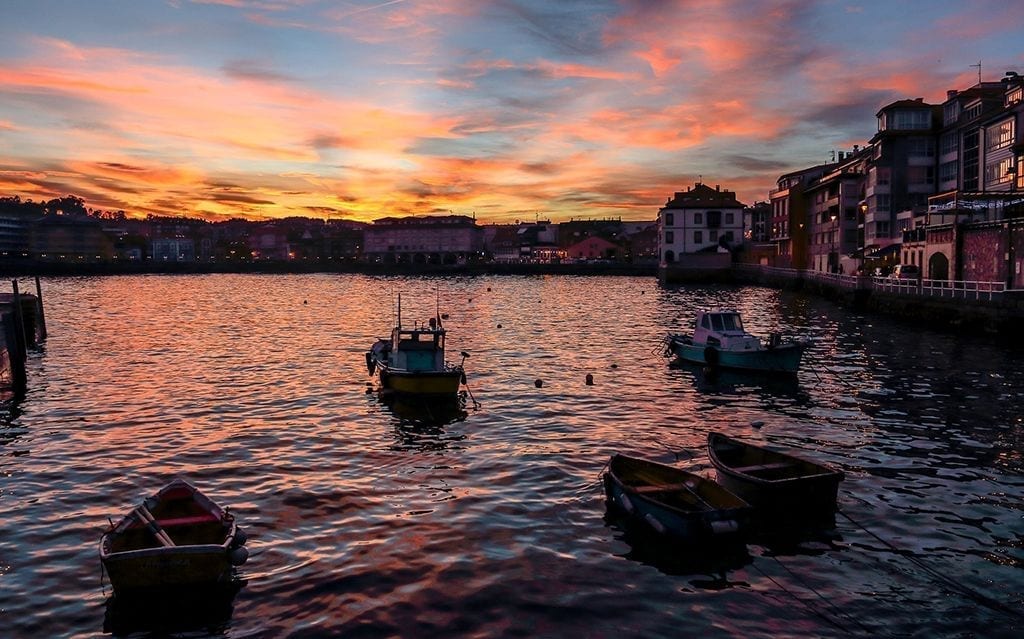Tourism in Spain
It is not every day that we can start a Camino de Santiago. Sometimes we just want to spend a weekend of adventure in one of the wonderful destinations that abound in Spain. Our country is full of tourist gems to see in a single day or in several. In this section we compile some of these jewels so that you can pass the adventurous monkey until your next Camino.


